“The timing was right for us to do this,” Ames says. “Our students, both on-campus and in the student housing, certainly appreciate the additional bandwidth—as do our faculty and staff.”
Indiana University South Bend
Nearly everyone on the Indiana University South Bend campus was eager to get on board with I-Light, the high-speed fiber optic network designed for higher education and research in Indiana. But it took the last-mile connectivity provided by ChoiceLight to make it possible. In addition, the unlimited bandwidth means the campus will be able to meet an ever-expanding array of technological needs, says Pat C. Ames, Ph.D., vice chancellor for information technologies at IU South Bend.
The I-Light network is a unique collaboration among colleges and universities, state government and private sector broadband providers. In addition to providing more bandwidth than most Indiana colleges and universities could otherwise afford, the network provides a variety of other capabilities, makes possible multicampus collaborative research projects and enables the use of high-definition learning tools.
“Without access to the fiber network via the Metronet [ChoiceLight] connection,” Ames says, “we wouldn’t be able to use our high-end video conferencing system (Cisco TelePresence ), wouldn’t be able to offer our faculty access to the supercomputing capabilities and massive data storage in Bloomington and wouldn’t have been able to provide high-speed Internet access to every lab computer, every classroom and every faculty/staff office on campus.” Before becoming a ChoiceLight subscriber in 2006, the campus used DS3. ChoiceLight has allowed IU South Bend to do things better and more quickly.
“The DS3 is to the Metronet [ChoiceLight] what a dull knife is to a scalpel,” says Ames. “Most of our administrative and student service processes are conducted online via the Internet or through the IU network, and we’d be functioning at a significantly reduced rate without the Metronet [ChoiceLight] connection to I-Light.” The increased bandwidth also will allow IU South Bend to continue to expand its functions and offer an ever-widening array of learning options. Looking ahead, many of the campus computers, especially those in the labs, will be virtualized. That would not have been possible without the high-speed connection.
In addition, as IU South Bend’s online offerings continue to increase, the campus will move from traditional telephone service to Voice over Internet Protocol (VoIP), and more faculty members likely will make use of the collaboration tools and services offered at the large data center located on the main campus in Bloomington. Finally, Ames says, IU South Bend is moving forward with its 1:1 initiative, which is the concept of one laptop for every student in the school. In addition, some instructors may request laptops. All of these technologies will require reliable high-speed access.
